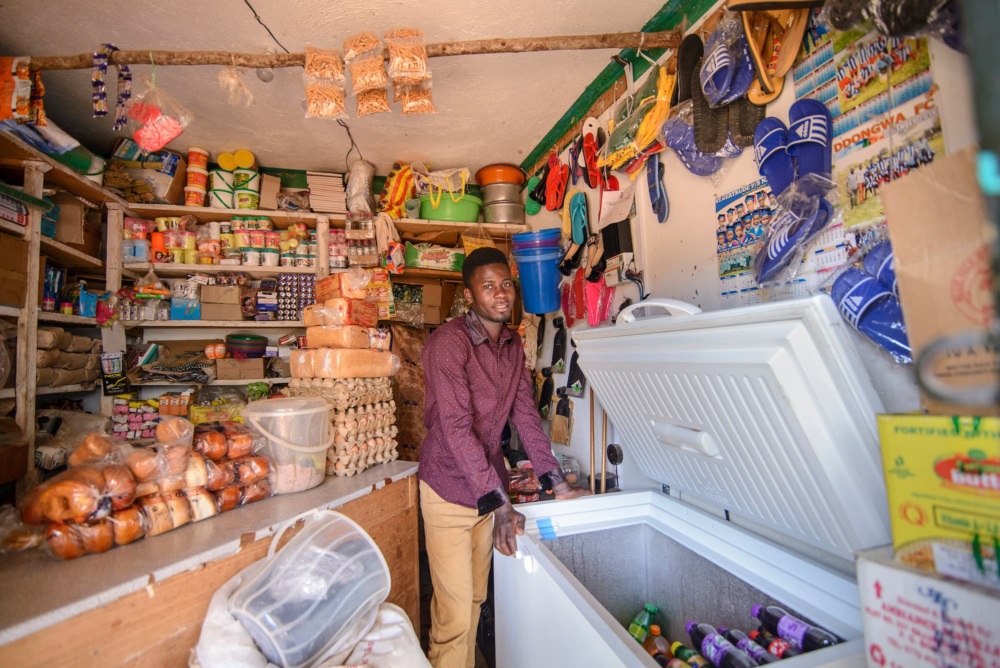China’s MEPS Lead to Major AC Market Transformation
Summary
CLASP's analysis of China's evolving room air conditioner standards shows strong evidence for policy's role in swift market transformation.
As climate change continues to heat the earth to unprecedented temperatures, billions of people will rely on air conditioners to accomplish everyday tasks. However, air conditioners and electric fans already account for about 20% of global building electricity use, much of which is generated by fossil fuels. In China, highly polluting coal is the largest source of energy.
China is also the world’s largest manufacturer, exporter, and consumer of room air conditioners (RACs). In the past two decades, minimum energy performance standards (MEPS) have been enacted and revised to encourage more-efficient technologies, slashing energy costs, consumption, and CO₂ emissions. The most recent air-conditioning energy efficiency standard, GB 21455-2019, made significant changes that promote highly efficient technologies and fast-tracked China’s RAC market toward climate-friendly cooling.
Key findings:
- Room AC penetration has steadily increased since 2013, and in 2020 was at 117.7%, meaning there are 117.7 units for every 100 households.
- The new, more stringent MEPS precipitated the domination of the most efficient (grade 1) RACs in just two years, growing from 19% of the market share to 56%.
- Variable-speed ACs, which are technically much more efficient than their fixed-speed counterparts, completely overtook the market, quickly rising from 60% to 98% since implementation of the new MEPS.
- Mepsy analysis shows that without the revised 2019 standard, fixed-speed ACs would still hold a 30% market share in 2030.
- These long-term shifts brought on by China’s updated RAC MEPS are projected to prevent at least 470 Mt of CO₂ emissions between 2020 and 2030. Even more reductions could be realized with full adoption of the Best Available Technology (BAT).
- The Chinese MEPS also increased the average efficiency of export markets and increased the market share of more sustainable refrigerants.
As RACs are widely traded internationally and have cross-border supply chains originating in China, this report serves as evidence to encourage countries with similar market conditions as China to use their policy as a reference.







